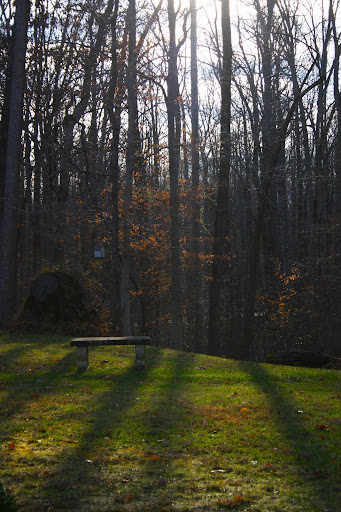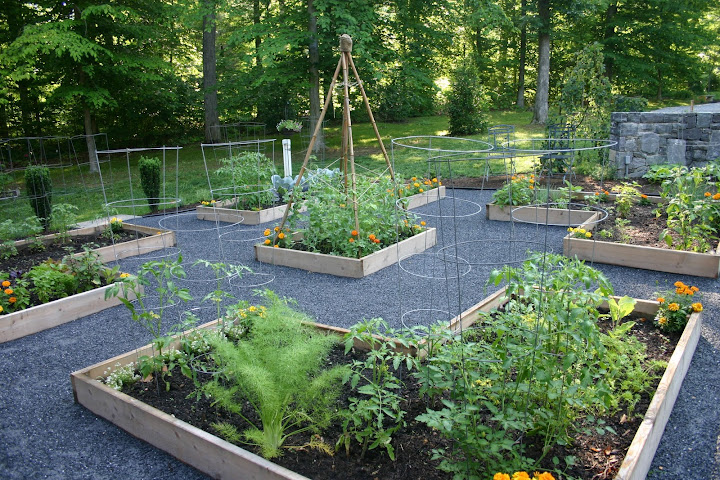
Gretchen Rubin is a lawyer who clerked for Supreme Court Justice Sandra Day O'Connor, but gave up the full-time practice of law to write books. She's written several,
A lawyer myself, and a writer, and one who has also studied Aristotle in the quest of understanding more about what's important and what makes us happy, generally, I feel a bit of a kinship with Gretchen. Accordingly, I was quite interested when she listed Christopher Alexander's A Pattern Language
Paradigm shifts are energizing, don't you think? Picture standing on your desk, like the students in Dead Poet's Society - the view really is different! It can jumpstart thought, or give a flash of inspiration. To an artist or a writer - or anyone, really - it is a good thing. This was a book I wanted to read.
It turns out that The Timeless Way of Building
The book consists really of a single idea: that there are inherent 'patterns' in the way we live as humans, patterns which ought to (but often don't) shape the buildings, towns and cities we live in.
That's the book, in a nutshell. Alexander argues at length that we have lost our connection with those basic patterns, and that the current state of architecture and design is bankrupt. This is why, he argues, many of the spaces we inhabit are 'dead'. Dead spaces, he says, are deadening also to our lives. The converse is also true: that 'living' spaces inject life and freedom back into us. The trick is to become aware of the patterns which are "life-giving" and to re-incorporate them into our living spaces. But it's not just incorporating patterns that is important, it's about learning who we are, when we are least aware of ourselves. He does not advocate a slavish adoption of rules and patterns, he attempts to translate living patterns into language, which we can use in dwelling spaces much as we use words strung together as sentences. Ultimately, he says we transcend even the patterns, and that's well and good.
"The more I watch our pattern language being used, the more I realize that the language does not teach people new facts about their environment. It awakens old feelings. It gives people permission to do what they have always known they wanted to do, but have shunned, in recent years, because they have been frightened and ashamed by architects who tell them that it is not "modern." . . . The impulse to make windows overlooking life, to make ceilings vary in height, columns thick enough to lean against, small window panes, sheltering steeply sloping roofs, arcades, seats by the front door, bay windows, alcoves, [and hidden gardens] is already part of you. But you have been told so much, that you no longer value these inner impulses. You curb them, because you think that someone else knows better [or] that people may laugh at you for being so ordinary. A pattern language does nothing really, except to wake these feelings once again." [pp. 545-47]
The writing often feels redundant, and good examples are few. There are wonderful pictures of 'living' spaces, which the author fails to comment upon, happy to let the (often poor-quality) picture speak for itself. The pictures do speak for themselves, but I would have loved to have had the author's commentary about details, and help to see it even better. The value of this book is that the main idea is just so good. The drawback is that he spends more of his time trying to get us to agree with his main idea than showing us how it works, once we're on board with it. It's likely that the drawbacks I've listed here are remedied in the next book. Note, too, that this was published in 1979, and there are aspects that feel dated.
Gretchen Rubin is right: it will change how you look at things. I expect that I will spend years perfecting my understanding of the "patterns" that delight me, and which we incorporate into our lives and the spaces we inhabit. I wish I had known more about these patterns when we were designing and building here at the greenwood. . . . Especially about "window places" and "windows opening wide" and "sheltering roofs".
As it is, we have a good amount of roof overhang - every inch of which was hard-fought from first our draftsman and then our builder. I would have fought harder for certain doors to open outward. ("That's just not how it is done." I was told, and stupidly, I let it drop.) I would have brought certain window sills further down to floor level and incorporated a deeper sill. There, as I recall, I was told that the building code prohibited windows from extending too far down to floor level without. . . . whatever it was. We won the battle of the 'small window panes' - but were first subjected to comments like "But everyone agrees that picture frame windows are better than cutting up the view with lots of divided panes! You really want divided lights windows? You'll regret it. . . . ." I would have felt ever so much more secure if I had known of this "pattern" and how it makes people feel comfortable to dwell there. I could have withstood the criticism and implied ridicule ever so much easier. As it is, I feel somewhat vindicated now, especially as I also see the thickened walls, varying ceiling heights, steeply sloping roofs, the arcade, columns thick enough to lean against, and the seats at the front entrance. . . . Elements we included without having named them; elements we were made to feel vaguely ashamed of, for even wanting. It was not a matter of luxury, but a matter of feel. "Feel" is apparently not an element that is highly valued in the building trade.
For anyone wishing to understand a bit better how we inhabit the spaces we inhabit - and how we can better inhabit them - this is a great place to start. I think I'll have to bite the bullet and purchase the next one as well - A Pattern Language
- the one that details the 200 plus patterns Alexander identifies as significant in our gardens, buildings, towns and cities.
I'll report back once I've made my way through that one. Meanwhile, The Timeless Way of Building














